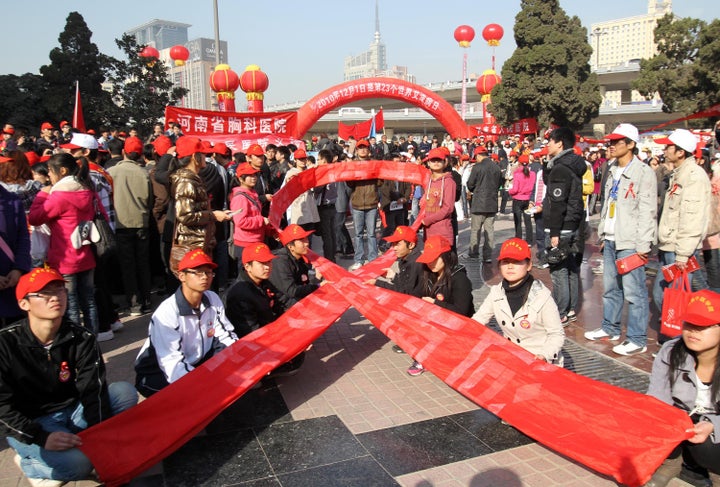
The HIV pandemic changed when we weren't looking. After looking at the most recent statistics, you could argue it outsmarted us.
Five years ago, women overtook men as the majority of people in the world living with HIV. They've held on to that majority and started to take over other areas as well: Young women ages 15-24 account for 75 percent of all new infections in sub-Saharan Africa. HIV is the number one killer of women in their childbearing years, and HIV was responsible for 60,000 maternal deaths in 2008. In the last two years, HIV infections have nearly doubled among African American women in Washington, D.C. Something in the world's current response to HIV has left women, especially women of color, behind, and now we're seeing the consequences of our blind spots.
The XIX International AIDS Conference is coming to Washington, D.C., in two weeks and it must be different from its predecessors for one reason: HIV is now a woman's plague. Our HIV policies and interventions have to respond accordingly or we will never create the AIDS-free generation that Sec. Hillary Clinton and the Obama administration have committed to build -- where vertical transmission of HIV from a woman to her child is significantly reduced, where HIV-free girls and boys grow up with all the prevention options they need, and those who do acquire HIV have access to treatment.
The vision is grand, and will require the world to think big. That's what Sec. Clinton challenged us to do when she stated that the effectiveness of interventions like voluntary medical male circumcision, treatment as prevention, and prevention of mother-to-child transmission depend on a combination approach that includes access to condoms and social changes that will end the stigma, discrimination, and violence that put women at increased risk of HIV.
Take voluntary medical male circumcision for example. It is a critical and necessary piece of addressing HIV, but it's just one piece -- when unaccompanied by other interventions, like female and male condoms, and prevention of gender-based violence, it can only live up to a fraction of its potential. We can't afford to be myopic in our responses anymore. We have to focus on the whole package, or we're willingly putting an entire generation of women at risk.
Combination prevention isn't difficult. It's logical: Give everyone affordable access to medical interventions, tools and information, and respect human rights. It's also our only option if we're sincere about creating an AIDS-free generation, because it targets everyone, including women. And we can't even begin to address HIV if we don't address the majority of the pandemic.
If you're in Washington, D.C. for the conference, pay attention to what's around you -- in some select bus shelters, on stickers, in print, and on Facebook cover photos, you'll see the message that this AIDS conference must pay attention to:
AIDS-free generation? Not without women.
